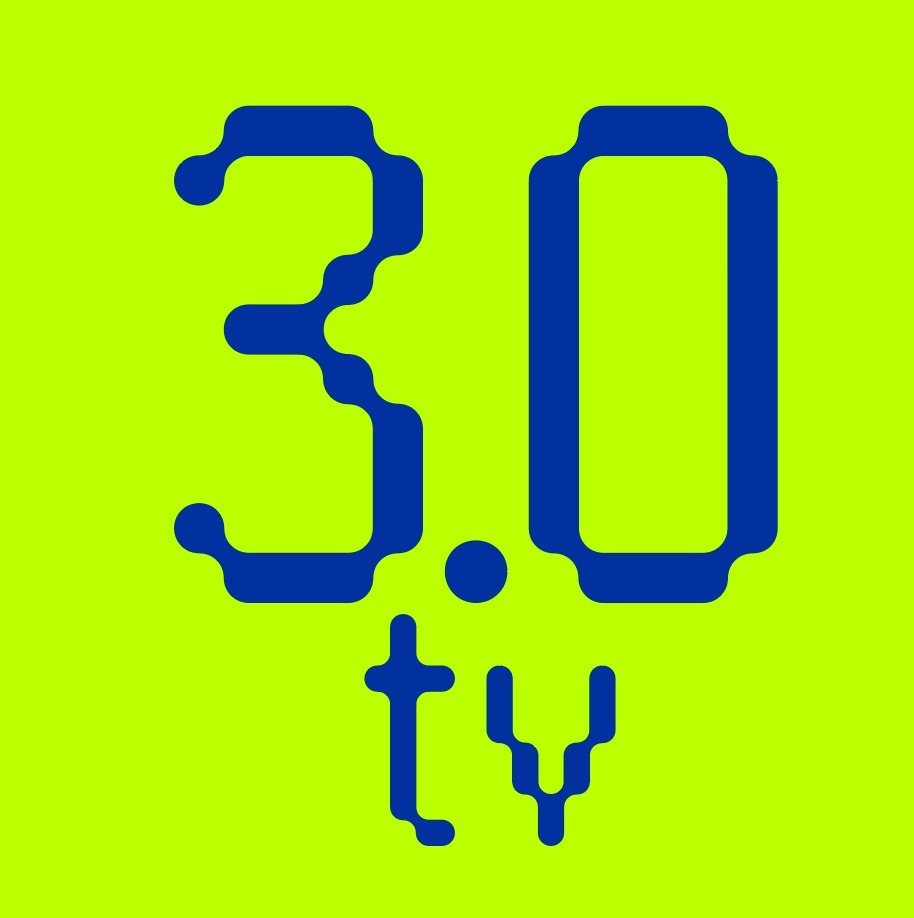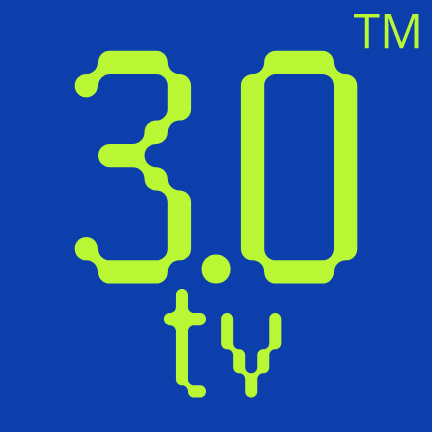You need to login in order to Like
Real World Asset Tokenization Disrupting Industries
By Ruchi Sharma
A significant shift in the perception of ownership, financial, and physical assets is being led by real-world asset tokenization. Tokenization, enabled by blockchain technology, offers cost savings, enhanced liquidity, transparency, and fractional ownership.
However, there are other barriers to widespread acceptance, such as those pertaining to risk in technology, regulation, and valuation. However, successful implementations in commodities, equities, real estate, and the arts all demonstrate the enormous potential of asset tokenization. New technology and shifting regulatory landscapes will increase the prospects for asset digitization.
Benefits of Real-World Asset (RWA) Tokenization
Tokenizing real-world assets yields several advantages:
Cost efficiency: Real-world asset tokenization lowers the transaction costs related to conventional asset administration and trading. Smart contracts save investors and asset owners money by streamlining procedures like asset management, dividend distribution, and ownership transfers.
Enhanced liquidity: By creating globally accessible liquidity conditions through blockchain ecosystems, tokenization makes it possible for formerly illiquid assets to have more market liquidity. Liquidity is strengthened with additional cross-chain activity support provided by Chainlink’s Cross-Chain Interoperability Protocol (CCIP).
Increased accessibility: Through blockchain-based apps, tokenized real-world assets facilitate access, increasing the potential user base. Fractional ownership promotes greater inclusiveness in asset ownership by allowing a wider range of users to access assets that would not otherwise be available to them.
Improved transparency: Because they are represented on the blockchain, tokenized assets guarantee auditable asset management and transparency. By precisely assessing the system’s degree of leverage and risk, this transparency lowers systemic hazards.
24/7 Market Access: Investors can trade assets at any time, from any location, thanks to tokenized assets’ 24/7 market access. By doing this, the limitations of conventional market hours and geographic restrictions are removed, creating a more vibrant and welcoming investing environment.
Real world asset tokenization’s use cases
Tokenization offers a unique security benefit by replacing sensitive information with a non-sensitive equivalent, known as a token, that has no extrinsic or exploitable meaning or value.
Additionally, tokenization of RWA includes protecting sensitive cardholder data in financial transactions. This happens by replacing it with tokens to enhance data protection and comply with industry standards and government regulations. Other use cases include:
Stocks and bonds: Tokenization streamlines the trading of stocks and bonds by exchanging ownership rights through digital tokens — without the need for a broker-dealer or formal clearinghouse. This enables trading around the clock at a reduced cost to buyers and sellers.
Collectibles: For everything from historic paintings to rare baseball cards, tokenization facilitates the fractional ownership of collectibles, allowing enthusiasts to invest in high-value pieces. This broadens the art and collectibles market and prevents fraud, while transparently delivering appraisal and storage information.
Commodities: With much interest in the cross-border trading of commodities such as oil and rare minerals, tokenizing such RWA provides investors with exposure to these assets without the need for physical ownership or any of the overhead that comes with it. This encourages diversification and brings more liquidity into the market.
Intellectual property: Tokenization gives inventors, artists, programmers and musicians new ways to monetize their creations. Patents, copyrights and royalties can be embedded in the blockchain to essentially make a new market for investors who want to buy or sell pieces of the IP or passively collect revenue from it.
Risks and challenges of asset tokenization
As with any new technology, asset tokenization has dangers and difficulties that need to be considered despite its many potential advantages. Below, let’s examine a few.
Regulatory uncertainty: In many countries, including the US, the future of regulating digital assets is unclear. This uncertainty, among other things, can put potential issuers and buyers of tokenized assets at risk, especially when cross-border transactions involving several jurisdictions are permitted.
Market adoption and liquidity: The claims of greater liquidity made by tokenized assets are predicated on their broad market acceptance. This might not occur in the absence of investor confidence in tokenized assets, blockchain technology in general, and the required infrastructure. It might be challenging for investors trying to tokenize assets today to quickly create a thriving market.
Current security risks: There are security risks to certain crypto projects nowadays, primarily associated with DeFi protocol hacking. Financial organizations that tokenize assets may take measures to allay these worries, such as using private blockchains, but doing so would probably necessitate sacrificing features like decentralization and transparency, which could lessen the advantages of asset tokenization.
Operational complexity: Asset tokenization creates new, intricate procedures for combining cutting-edge blockchain technology with conventional asset management strategies. Operational difficulties may result from this since investors and issuers would probably require a strong wallet infrastructure, which is distinct from the technology they currently use, to manage their tokenized assets.
Valuation concerns: It may be difficult to value tokenized assets, especially in specialized asset classes or those without established, liquid markets at the moment. This could have an effect on investment returns and market stability by causing unanticipated volatility or pricing disparities.
The education gap: Finally, the market has a substantial educational divide. The working, advantages, and risks of the tokenization ecosystem are not entirely understood by many prospective investors and participants. For asset tokenization to be widely used and successful, this knowledge barrier must be removed.
Future of Asset tokenization
One of the most fascinating applications of blockchain technology is asset tokenization, which many predict will expand soon. Asset tokenization has the ability to bridge the gap between the old and new worlds of traditional finance and the crypto economy, allowing more people to participate in assets that are currently out of reach while also increasing market efficiency, even though there are still obstacles to overcome.
You need to login in order to Like
















